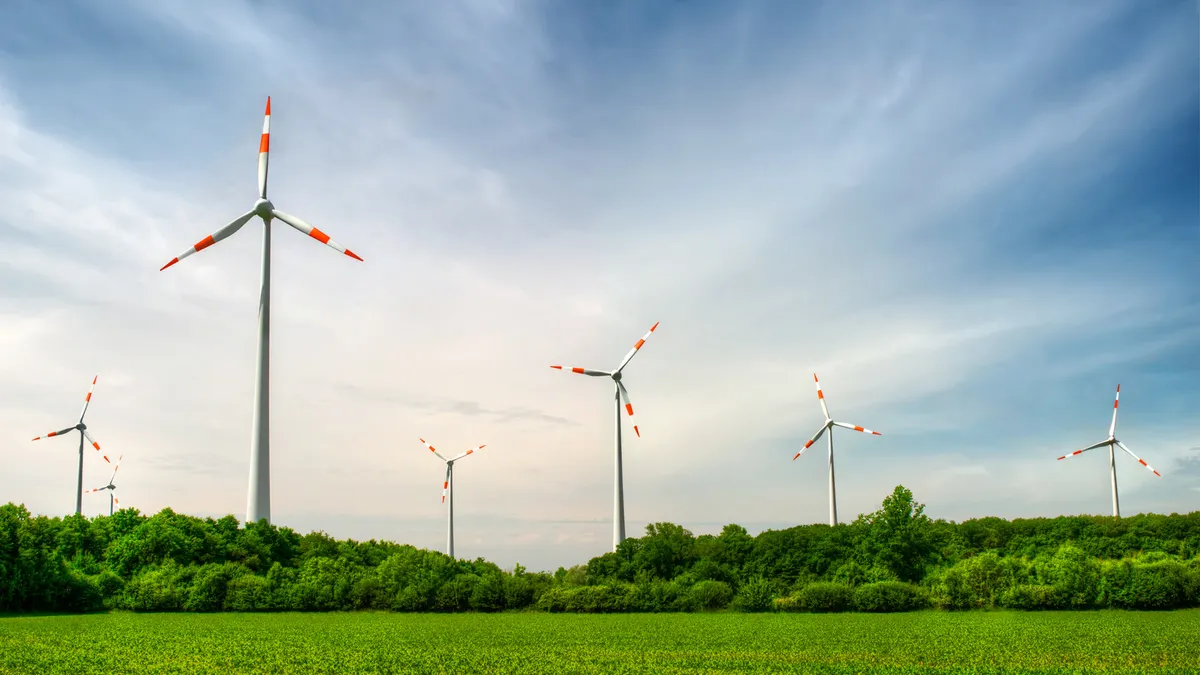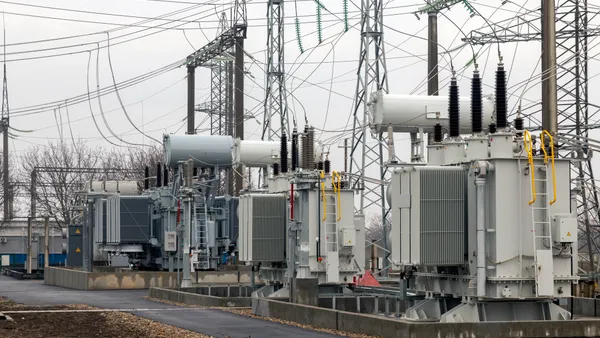Dive Brief:
- A Q1 infrastructure update from FERC shows renewable energy made up almost all new capacity added in the United States so far this year: 1,291 MW, compared to 18 MW of new gas capacity and no nuclear or coal.
- More than 700 MW of wind and 500 MW of solar were added in the first quarter, from a combined 53 new generating facilities.
- Old-school fuel generation still dominates overall, however: Natural gas holds the largest generation share, with 500 GW or about 43% of U.S. capacity, followed by coal (26%) and nuclear (9%).
Dive Insight:
FERC's infrastructure report is one more data point among signs the U.S. generation mix is changing. Gas and coal still dominate, but almost all new capacity has been carbon-free generation. In addition to new solar and wind, new capacity brought online also included 29 MW of hydropower and 33 MW of biomass.
Among the power sector highlights in the first quarter:
- The 60 MW Latigo Wind Project in San Juan County, Utah, is selling power to PacifiCorp under long-term contract;
- Jericho Mountain Wind Co.’s 12 MW project in Coos County, N.H. is online;
- The 39-MW Blythe Solar 110 Project in Riverside County, CA has been completed;
- And the California ISO board of governors approved almost $300 million in reliability-driven transmission projects.
But while the growth and direction of renewables is obvious, ThinkProgress notes the numbers are inexact. FERC doesn't track rooftop solar installations, for example, or any source with a nameplate capacity under 1 MW. So significant capacity is likely not counted. On the other hand, renewables like solar and wind typically generate less than their nameplate capacity.
That intermittence of wind and solar generation helps explain why renewables make up 18% of installed capacity but less than 15% of total energy production, the outlet notes.














